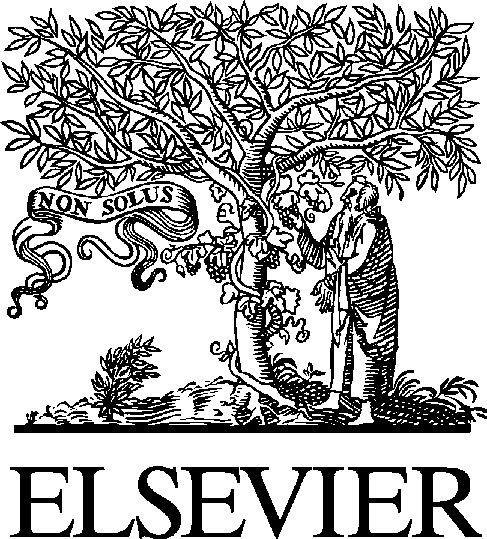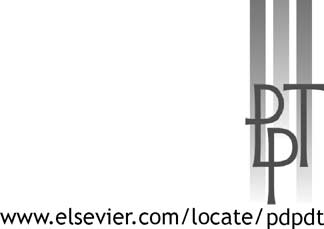Microsoft word - curry patrick personal.cv.doc
Patrick T. Curry, Ph.D. Professional Experience Illinois Institute of Technology, Research Institute Senior Scientist (Section Head, Genetic Toxicology, Microbiology and Molecular Biology Division) Manage a fully GLP compliant genetic toxicology laboratory capable of conducting the complete genetic toxicology test battery (Ames assay, Mouse Lymphoma assay, Structural Chromosome Aberra

 Photodiagnosis and Photodynamic Therapy (2004) 1, 157—171
Photodiagnosis and Photodynamic Therapy (2004) 1, 157—171 Photodynamic therapy for chest wall recurrence from breast cancer
[59] Sperduto PW, DeLaney TF, Thomas G, et al. Photodynamic
of cutaneous disease: a Phase I clinical study. Clin Cancer
therapy for chest wall recurrence in breast cancer. Int J
Radiat Oncol Biol Phys 1991;21(2):441—6.
Photodynamic therapy for chest wall recurrence from breast cancer
[59] Sperduto PW, DeLaney TF, Thomas G, et al. Photodynamic
of cutaneous disease: a Phase I clinical study. Clin Cancer
therapy for chest wall recurrence in breast cancer. Int J
Radiat Oncol Biol Phys 1991;21(2):441—6.